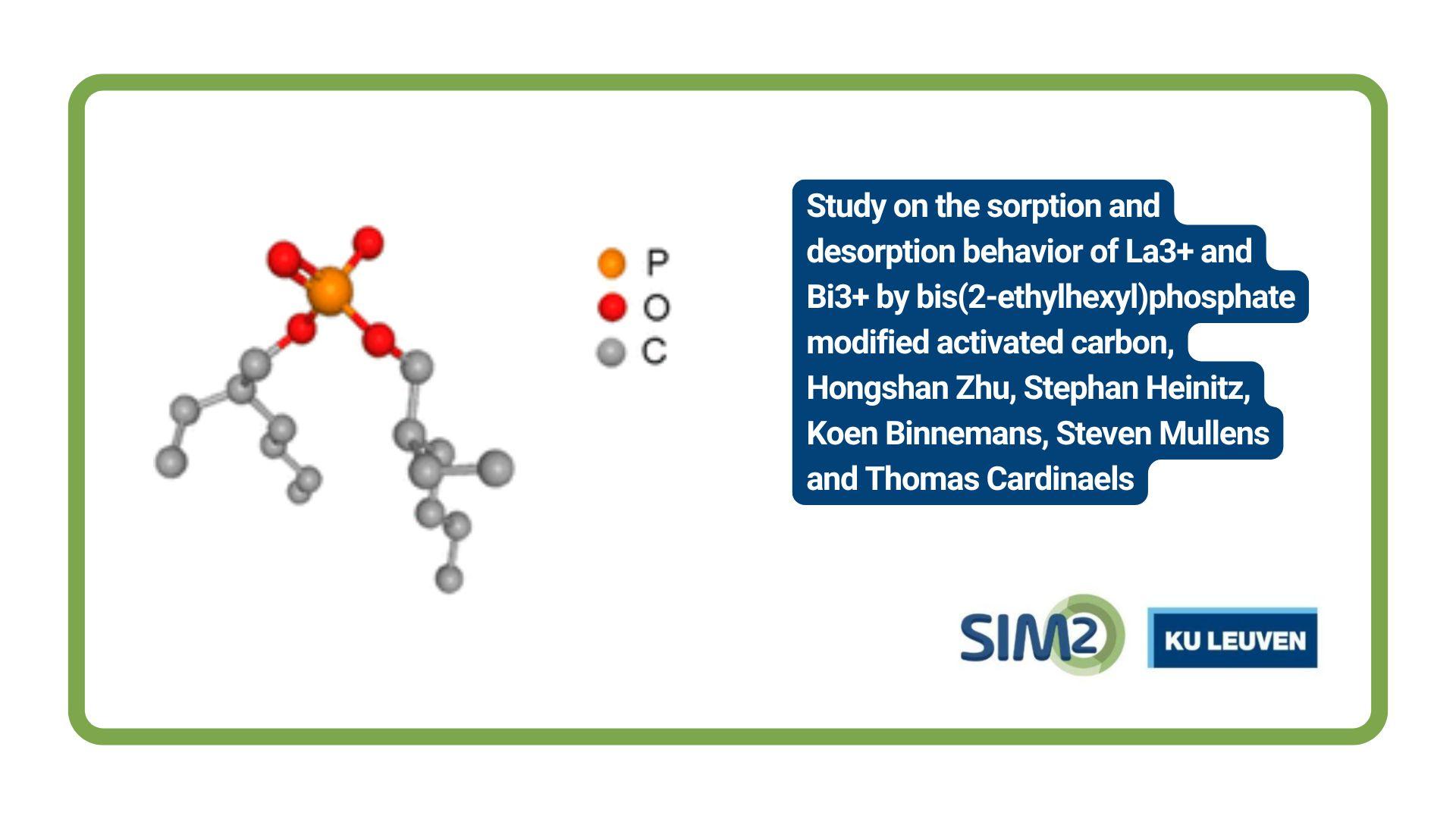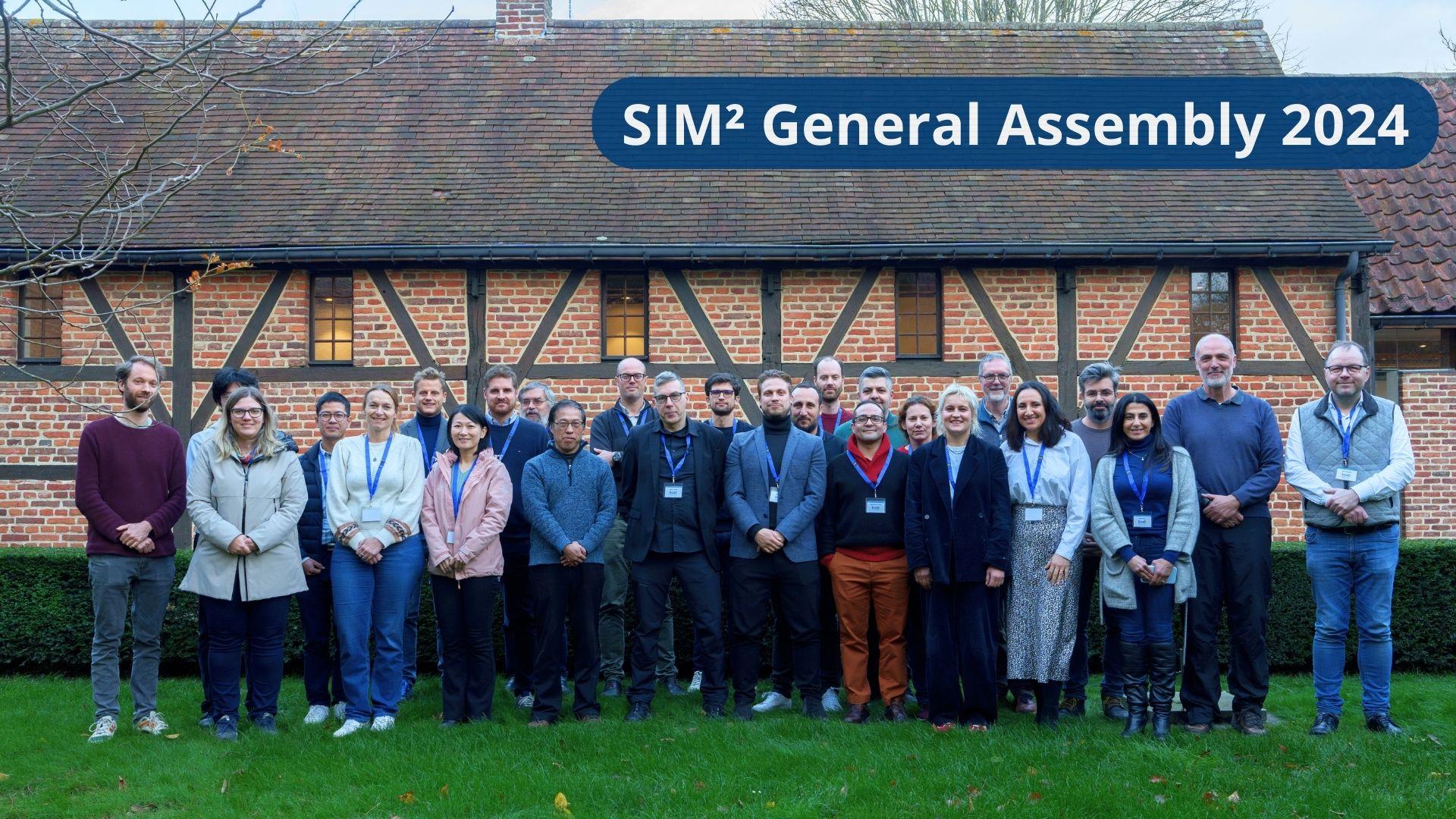SIM² – KU Leuven geologist Ruben Snellings, together Prannoy Suraneni (U Miami) and Jørgen Skibsted (U Aarhus) have reviewed the latest advances in research and development of new supplementary cementitious materials (SCMs). New SCMs are needed to support the decarbonization of cement and concrete production, and can contribute to the circular economy by upcycling of large volumes of waste materials. This invited review paper is part of the influential traditional Cement and Concrete Research Special Issue published at the occasion of the four-yearly International Conference on the Chemistry of Cement held this year in Bangkok.
Why do we need Supplementary Cementitious Materials?
One of the most widely implemented and practiced solutions for decarbonization of cement production is the partial substitution of energy and carbon-intensive Portland clinker by supplementary cementitious materials (SCMs). SCMs cover a wide range of natural, by-products and processed residues that contribute to cement performance by chemical reaction. SCMs are key in the making of sustainable and durable concrete, and new sources must be explored to sustain and further expand their use.
What’s the contribution of this paper?
This review paper examines recent scientific literature on the understanding, assessment, and processing of future and emerging SCM resources. Among the SCMs that have generated significant interest are calcined clays, natural pozzolans, reclaimed coal fly ashes, certain biomass ashes, concrete recycling fines, and recycled glass. These SCMs are gaining market access, and their processing and performance have been well-established, at least locally.
A rapidly growing body of research considers a much wider array of by-product and waste materials as future SCM sources. These materials come in large volumes, but require beneficiation processing to enhance their performance and compatibility as SCM. While the review highlights that promising results have been achieved for many materials, future research and development efforts are still required to better understand their impact on cement and concrete properties and establish or improve the viability of the proposed beneficiation processing.
In conclusion, this review highlights the latest developments in testing and specifications that support the uptake of new SCMs in cement and concrete.
Full reference of the paper
Snellings, R., Suraneni, P., Skibsted, J. (2023) Future and emerging supplementary cementitious materials. Cement and Concrete Research, 171, 107199. https://doi.org/10.1016/j.cemconres.2023.107199
Acknowledgments
Financial support by the KU Leuven Special Research Fund (BOF) is gratefully acknowledged by Ruben Snellings. Support from the National Science Foundation (CMMI-2101961) and the Miami Engineering Endowment in the College of Engineering (University of Miami) is gratefully acknowledged by Prannoy Suraneni.





